The topic of playing with heavier racquets garnered lots of attention on our YouTube channel. But why use heavier racquets?
If you are curious about the conversations Daniela Rutkowski and I had about heavier racquets on YouTube, you can check out part 1 and part 2. The definition of heavy is not straightforward, but in today’s racquet landscape, you can say a heavy racquet is any racquet above 305g unstrung.
What we talk about in the video is customizing your racquet to be as heavy as you can swing it efficiently during a two-hour match. The heavier the racquet, the more weight you get on your shots. The downside to adding weight to a racquet is that it might lose maneuverability. This is where you need to have a balanced approached and start small when customizing a tennis racquet.
The benefits of a heavier racquet
If you have the technique to make use of the racquet’s weight, you will get more power and stability with more weight on the racquet. For many players, the weight can help reduce bad habits like arming the ball or adding unnecessary movement to your swing.
The downside is that if you don’t have the technique, the weight can make it more difficult to time the ball. But how heavy you go is dependent on your swing, physicality, and technical ability. That is why we recommend you to start adding a little weight to the handle. Most racquets today come in with a balance more towards the head than in the past, since they are generally lighter. That is why you can easily add weight to the handle to increase maneuverability and without losing anything.
If you want more power, then you want to increase the swing weight of the racquet. This involves adding lead tape or tungsten tape to the hoop of the frame. The higher up on the frame you add the weight, the more the swing weight and power increases.
Since a higher swing weight generally makes the racquet slower, you should start to small, from 2 grams and upwards. Only a small amount of weight added will increase the power level. Even minor customization will make the racquet will more solid and make it more of a weapon. This is one strong reason to the question: Why use heavier racquets?
Heavier racquets on the market
There are not many heavy racquets on the market these days. The most popular one is Wilson Pro Staff RF97 Autograph, since this was Roger Federer’s racquet. This racquet is heavy and difficult to use and I would generally advice to buy a lighter racquet and to customize that one over using the RF97A, but some players love it. Wilson also offers a 315 unstrung version of the Shift 99 Pro.
The Yonex Percept 97H is a little lighter at 330 grams unstrung (compared 340g unstrung of the RF) but still hits the ball like a tank. This racquet has a lower trajectory, so might not be for players who like to dominate using heavy spin.
The new Prince Phantom racquets contain the 320 g unstrung 100X, which has a larger head size at 100 sq inches, but is still controlled with low stiffness and an 18/20 string pattern.
If you want to go as heavy as they go in terms of swing weight, you can check out the Babolat Pure Aero Rafa Origin at Tennis Warehouse. As stated in my Rafa Origin review, I love hitting with this racquet, but at 370 SW strung, your arm gets tired after a while.
HEAD offers both the Gravity Pro and the Prestige Pro as heavy and control-oriented options. These are thin-beamed and relatively low-powered racquets. I compare the Gravity Pro, Wilson Shift, and Pro Staff X here.
I am currently testing the Völkl Vöstra 315g unstrung. It is a balanced racquet, trying to offer a good mix of power and control.
Tecnifibre has a light racquet in static weight with a high swing weight called Tfight 305. This is a great example of a frame that benefits from adding weight to the handle only.
There are not many racquets around the 320-330g mark, but from 315 and downwards you do have a decent selection.
Summary
I really recommend being open to customizing your racquet, but the most key tip here is to start small and see how it affects your game. I currently use the HEAD Boom Pro 2024, but I still add weight to bring the strung swing weight up to 340 strung and I add plenty of weight in the handle as well for maneuverability.
The only way is to experiment and see if it works for your game. Let me know about your specs and experience below!
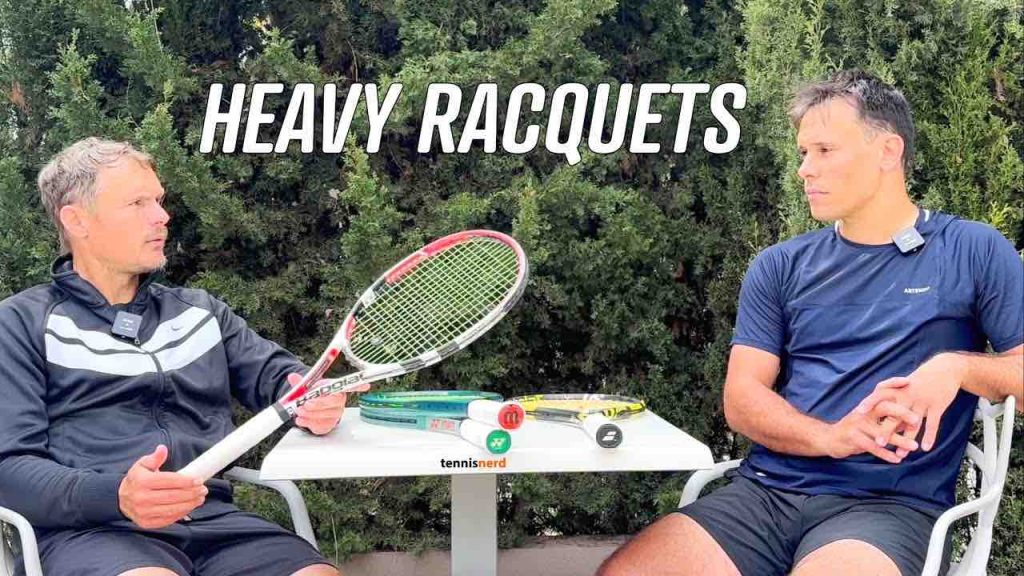



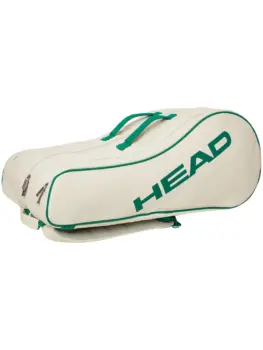



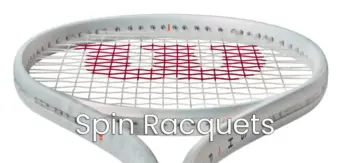


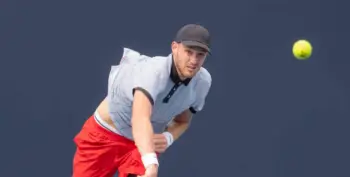
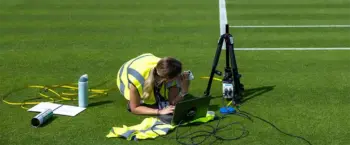

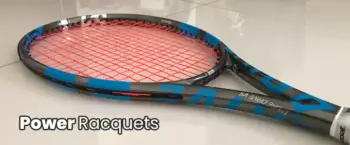

Great writeup.
Hi there…nice talk BUT:
lower swingweight MORE SPEED,that will be transformed to power
Conclusion:the best combination is heavy but with lower swingweight
No way, man gimme the heaviest stick you got and add some lead tape to the head. I hate head light racquets, they have no pop. Believe it on not, I still play with a Prince NXG that’s seen better days. I came from a generation that started with wood racquets and have always felt more comfortable with some mass in my hand.
Just comparing heavier & lighter weight
Just testing heavier & lighter rackets
Have you reviewed the Tecnifibre ISO 315 yet, if not do you have plans to do so. If you have I could not find it in any of your reviews.
If I can get my hands on one, I have heard it is a good racquet.
And for a kid 10yold in transition of 26 for 27 raquets? I have bought one 27 yonex vcore game with 265g unstrung, but i d’ont find another one. S i am thinking about the vcore light, Radical Team or Spped MP light. All of them with 280g. What do you think?
My kid plays 8h per week in a good level.
Which are the head heavy rackets weighing more than 280 gms?